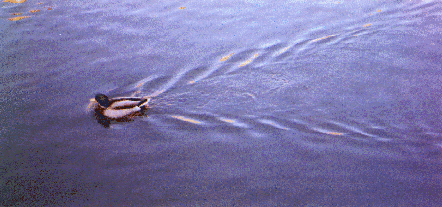The undergraduate course
The undergraduate course, called the Mathematical Tripos, is a three-year or a four-year course. If you graduate after three years, you receive the BA degree. If you graduate after four years, you receive the BA and MMath degrees. In both cases, you automatically qualify, after a further three years, for the MA degree. In order to stay for the fourth year, you have to achieve a high standard in the third year.
It is widely considered to be a very tough course, and correspondingly rewarding. The range of subjects offered is exceptionally wide: you can learn about everything from black holes to the most abstract problems in logic.
The following documentation is available:
-
Information about admissions in mathematics, including notes for Scottish candidates, details of the STEP examination and a reading list.
-
Information about the mathematics course, including options, general descriptions of the lecture courses and detailed syllabuses.
-
A study skills guide and a guide for supervisors.

The angle of the wake of a body moving steadily in deep water is always 2arcsin(1/3). Not very many people know that, but it is one of the many fascinating results proved in the Mathematical Tripos.
